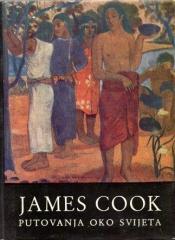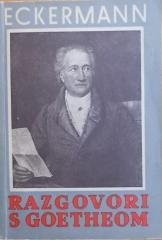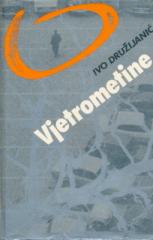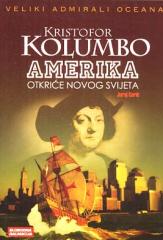
Putovanja oko svijeta
A collection of diaries and accounts by English navigator James Cook about his three legendary voyages around the world, which expanded European knowledge of the Pacific, promoted science and cartography, and established the British colonial presence.
Cook's voyages revolutionized maritime science, prevented scurvy, and inspired colonization, but brought violence and disease to the natives. The book emphasizes adventure, discovery, and ethnic conflict, becoming a classic of maritime literature.
First voyage (1768–1771): Sailed from Plymouth on the Endeavour to Tahiti to observe the transit of Venus across the Sun in 1769, crucial for calculating solar distances. Cook discovered the Society Islands (including Tahiti), made first European contact with the Māori of New Zealand (where several natives were killed in clashes), and charted both islands and the strait between them. Continued to the east coast of Australia (New South Wales), ran aground on the Great Barrier Reef but repaired the ship. Discovered Botany Bay, collected thousands of plants (with Joseph Banks), and returned without loss of life from scurvy thanks to fresh food. Discoveries: Complete coastline of New Zealand and Australia.
Second voyage (1772–1775): With Resolution and Adventure, searched for the southern continent (Terra Australis). Crossed the Antarctic Circle to 71°10' S, discovered Easter Island, South Georgia and the South Sandwich Islands. The ships parted; 10 Maori crew members killed on Adventure. Cook confirmed that there was no great southern continent, improved the maps of the Pacific and returned without dead from scurvy, winner of the Copley Medal in 1776. Scientific contribution: Testing chronometers for precise navigation.
Third Voyage (1776–1779): With Resolution and Discovery, sought the Northwest Passage through Alaska and the Bering Strait, but was stopped by ice. Discovered the Hawaiian Islands (called the Sandwich Islands), where the natives welcomed him as the god Lon, but was killed in 1779 in a skirmish over a stolen boat in Kealakekua Bay (4 marines and 17 Hawaiians killed). The crew returned in 1780. Discoveries: Hawaii, Northwestern coast of America.
One copy is available





